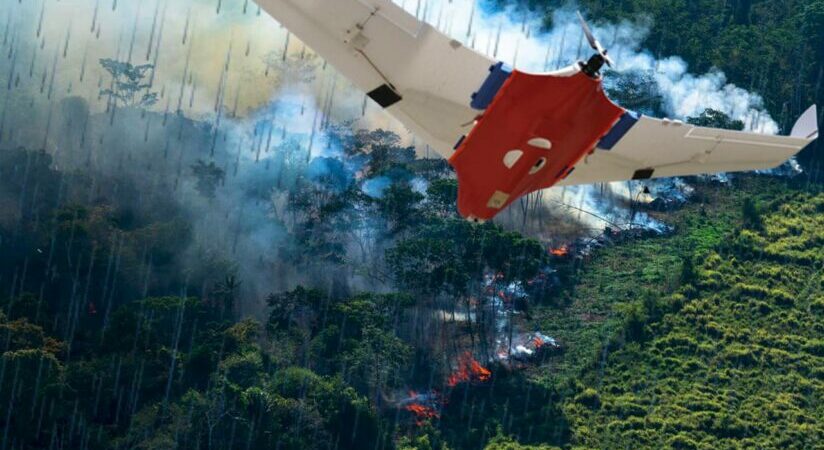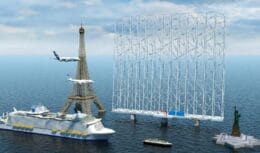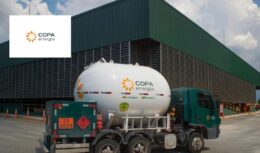
Drones gained prominence in the last week in the world. But could this technology be used to fight fires in the Amazon, severe droughts and fill hydroelectric reservoirs?
The tests cost US$ 1,5 million through the UAE Research Program for the Science of Rain Enhancement. Studies of drones that make it rain have been underway since 2017. In summer, the heat is around fifty degrees. So, at least four of these flying devices were launched in the capital Dubai towards the clouds to discharge electricity and thus make it rain.
Other news that may be of interest to you
The action of drones that make it rain, however, is not limited to reducing the heat. There are several possibilities that can meet the demands of countries with their peculiarities.
Here in Brazil, it would be possible to have positive results with regard to fires in the North and Midwest and drought, especially in the Northeast, which is naturally the most affected region, and in the Southeast, where hydroelectric plants are below average, which has been causing price escalation in the energy bill.
Video of the UAE Weather Channel with the rains on Wednesday (21/07) that would have been produced by the drones in Dubai
Drones that make it rain in the fight against fires in Brazil
The month of June had the highest number of hot spots recorded in the Amazon in the last fifteen years, according to the National Institute for Space Research (Inpe), released by the Greenpeace Brazil. 2.308 outbreaks of forest fires were identified. This is a new record: an increase of 2,6% compared to the same period in 2020.
Greenpeace Brasil links fires with deforestation and climate change. The organization emphasizes that the burning of forests and other vegetation is the main source of greenhouse gas emissions in Brazil. All this warms the planet even more.
With so much deforestation and fire outbreaks in our forest – some cases in remote regions with difficult access – the need for rain is even greater. However, Brazil is experiencing the worst drought in the last 90 years.
Drones that make it rain are launched from a catapult and can fly for about 40 minutes. The flying rig's sensors measure temperature, humidity and electrical charge inside a cloud. This way it would be possible to know when and where shocks should be triggered to increase precipitation.
How drones that make it rain could help lower the value of electricity
As mentioned above, Brazil is going through the biggest water crisis of the last ninety years. This affects the supply of hydroelectric plants, which correspond to at least 64% of the Brazilian electricity matrix. But how is the whole supply process? Understand.
Winds that often bring rain clouds to the southeast and midwest begin in the equatorial region of the Atlantic Ocean. When they arrive in the Amazon, the humidity precipitates in the form of rain that hydrates the soil and is absorbed by the roots of large trees.
Trees drain moisture and return it to the air. This cycle of humidity and rain is driven by the winds. But with fewer trees in the process, the amount of rain decreases.
With less rain, the reservoirs do not reach the desirable average for the supply of electricity. The way out, then, is to activate thermoelectric plants that demand more cost to operate, and with fuels still coming from fossils. This is where the rising costs begin.
Activating thermoelectric plants requires costs that are distributed to consumers through Tariff Flags. Currently, the National Electric Energy Agency (Aneel) has established level 2 of the Red Flag. It's R$ 9,49 for every 100 kWh tightening the consumer's pocket.
If the technology for drones that make it rain arrives in Brazil, this equipment could be strategically launched to supply hydroelectric plants. Was it a distant dream?












Air Force F-16 fighters…
True friend, what they shot down were…
Air Force F-16 fighters…
I would like to know what planet you live on…
Air Force F-16 fighters…
Everything is fine, 100-year secrecy,…
Air Force F-16 fighters…
Well... It's flying scrap... Typical...
Air Force F-16 fighters…
Which genocide are you talking about? Than…
How to register without bureaucracy?
I am a Production Engineer, Polymer Technician…
How do I sign up?
Experience in ports Port operations assistant…
Who wants to know these babaquícë§
It's in the ad, read it right your v@c@
Good afternoon... I would buy it, despite it looking...
The Bolshominions who denigrate the army are…